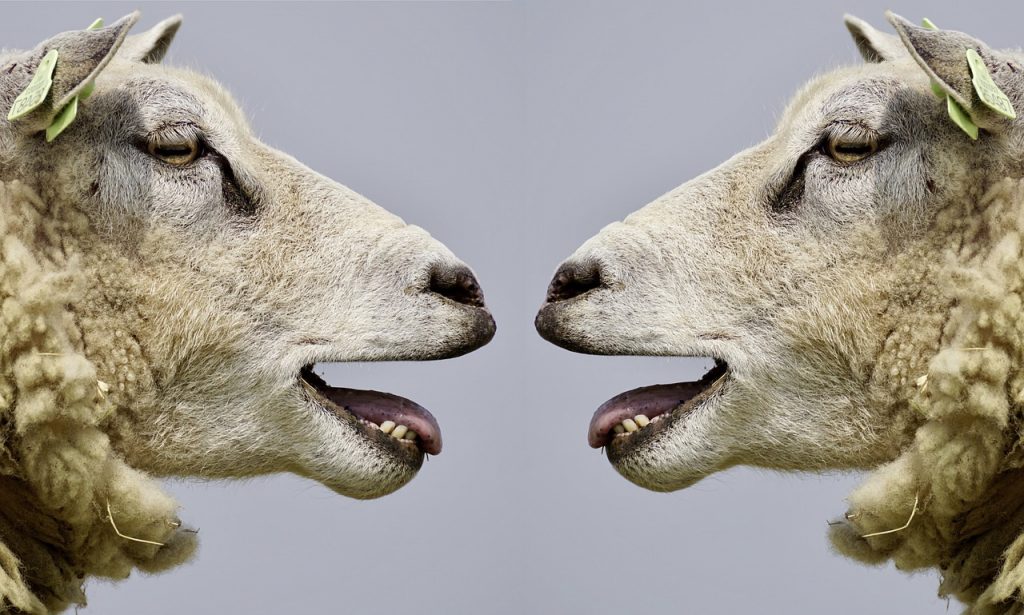In an interview with Ingrid Newkirk, the co-founder and president of PETA, The Guardian pose the question – “is it time we stopped wearing wool?”.
For most people, the connection between meat and ending the life of an animal is pretty clear. Whether someone consumes meat or not, it is generally understood in society that an animal must be killed in order to obtain it. When it comes to other animal by-products however, it is less obvious as to whether practices can be considered humane.
One example of this is wool, after all sheep are not killed in order for wool to be obtained. So can wool ever be humane?
In order for us to answer that question, we need to understand how wool is made and where it comes from.

Shearing
This procedure entails holding the sheep by their legs and shaving off all their wool. Wild sheep only grow the amount of wool that they will need for them to keep cool in the summer and warm in the winter. After winter is over, they naturally shed their wool. Due to breeding, domestic sheep, however, are unable to shed their wool, causing some sheep to overheat and die in the warmer months. Sheep are sheared just before they naturally would if they were wild, in the Spring, to create minimal loss of wool. Often, the weather is too cold for the sheep at this time and it is estimated that over 1 million sheep die a year as a result of being sheared too early.

Mulesing
Due to domestic sheep being unable to shed their own wool, flies get into the moist folds of the sheep’s skin and lay eggs. The maggots hatch and effectively eat the sheep alive. Mulesing is where, without the use of anaesthetic or any painkillers, a person cuts the skin, where the eggs are laid, off the back and around the tail of the sheep to stop this from happening.

Holding Pens
Once a sheep has been used for their wool and the production declines, they are sold for slaughter. Many people are unaware that often the same sheep that are used for wool are deemed as ‘dual purpose’ and also end up as meat on our plates. They are exported and are then kept in holding pens where unfortunately many sheep die.

Transportation
The sheep who survived the holding pens are then loaded and packed tightly into transportation trucks. These sheep are often forced to travel without food or water. Any lambs born in these trucks are usually trampled to death, and many of the sheep are injured or die on these trips. Sheep are frequently exported to countries with few slaughter regulations which means often the sheep are subject to slaughter practices considered inhumane by many.
The realities of the life of a sheep used for wool are not widely known. However, they are not just used for their wool, and the practices that they can be subjected to at the time of slaughter, most people would consider ‘inhumane’ in itself. Despite the fact that the vast majority of people still consume meat, there has been an increased demand to ensure that the slaughter process meets basic standards, which often these sheep are not
Warning: This video shows disturbing scenes of the wool industry.
Author: Eve Coates


